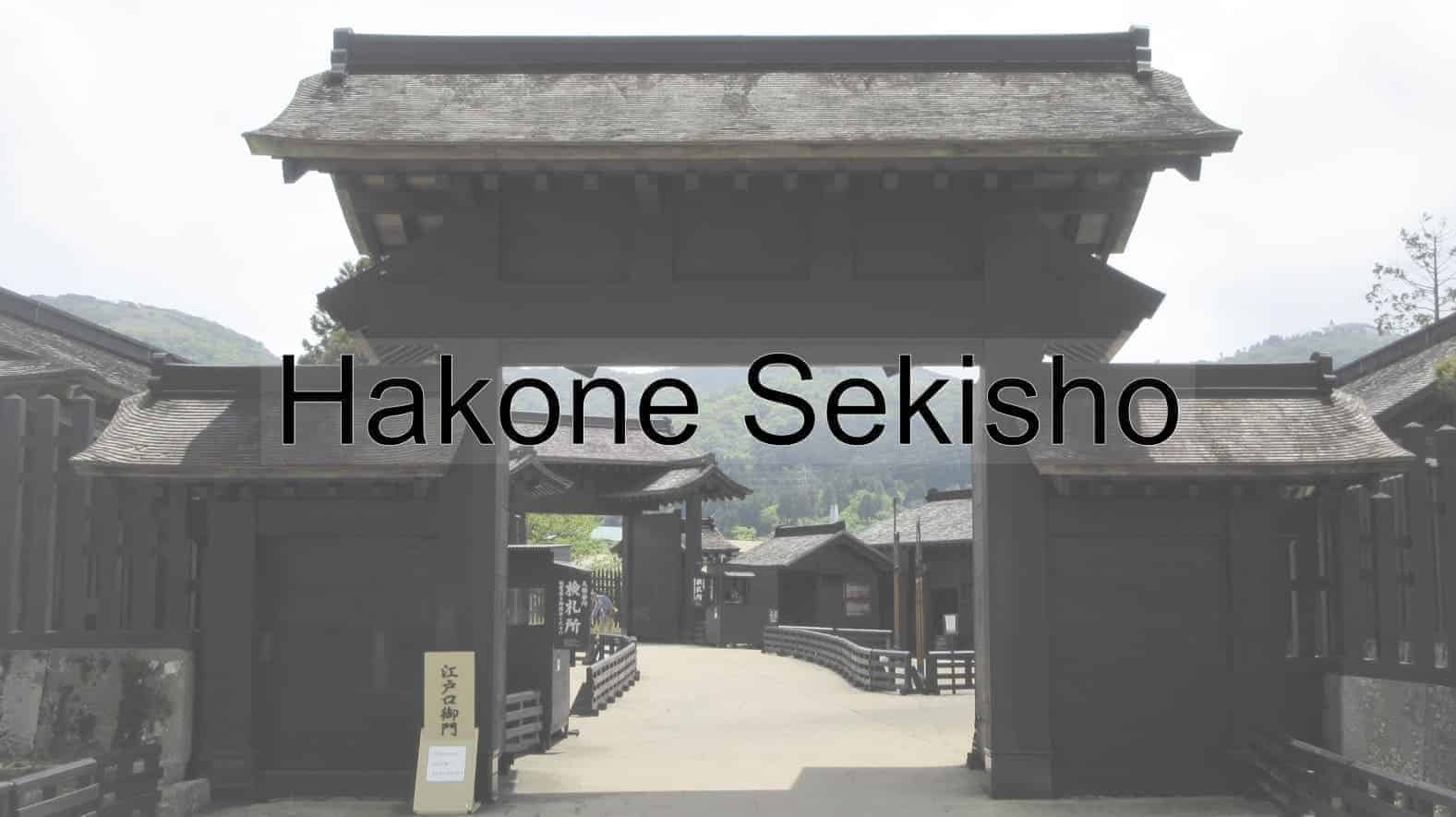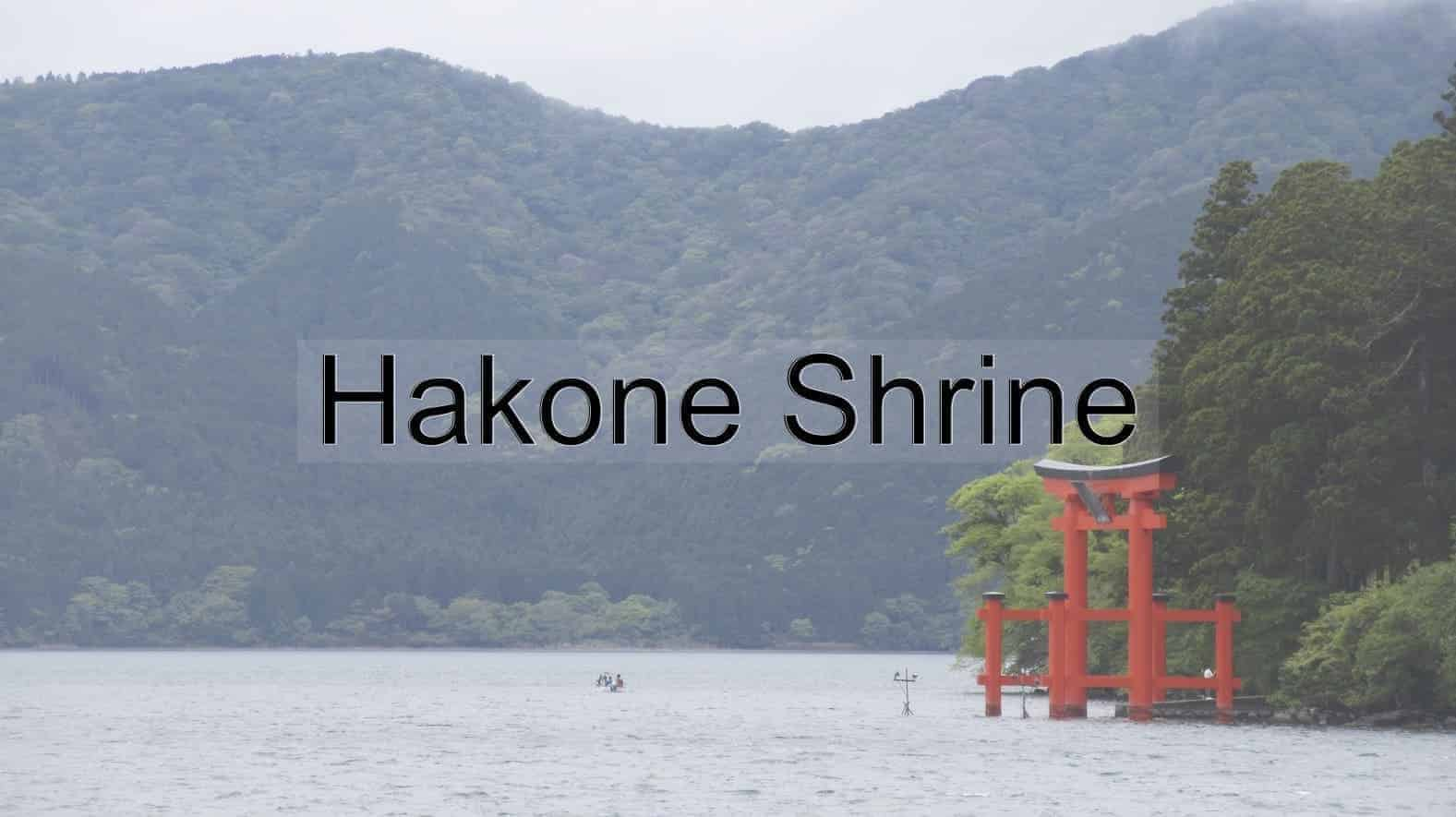Hakone Onsen
In Japan, they have what are known as 温泉 (onsen). Onsen (often called “hot springs”) is hot (or boiling) water that naturally gushes from beneath the earth. This hot water is used to bathe in, and the Japanese love it. Records indicate that onsen has been utilised in Japan for roughly 1300 years. Nowadays, a large number of 温泉街 (onsen-gai) can be found throughout the country. The onsen-gai are towns with many Japanese inns and other bathing facilities where people can soak in and enjoy the natural hot water. It’s said that depending on the onsen it can be good for one. Many contain minerals and other natural substances that are good for the body. For hundreds of years, it has been believed that bathing in an onsen can have the same effect as medical treatment. In Japanese, bathing in an onsen to treat an illness is known as 湯治 (tōji). Many Japanese travel far to soak in a well-known onsen specifically for this.
“Hakone Onsen” is one well-known onsen-gai. Located in Hakone, Kanagawa Prefecture, this particular onsen was said to have been found by Buddhist Munk Jōjōbō in 738. Nowadays, Hakone Onsen is a popular onsen-gai, but it wasn’t always so. Originally, it didn’t thrive as it does today and wasn’t along a 宿場町 (shukuba-machi—post towns that used to be found on major roads in Japan that lead travellers in and out of what is now Tokyo). Many people visited Hakone Onsen specifically for tōji. In the Edo period (1603-1868), it was stipulated that those travelling across Japan had to stay in shukuba-machi. As Hakone Onsen wasn’t part of a shukuba-machi, travellers were forbidden from staying there. However, if a traveller were to visit for tōji, then they were allowed to spend the night at Hakone Onsen. Because of this, the number of people visiting Hakone Onsen for tōji increased and the town eventually became known as 一夜湯治 (ichiya-tōji), lit: one-night tōji.
Hakone Onsen is a city with (what seems like) an infinite number of Japanese inns and is also a city full of history. Other than the onsen, there are Shintō shrines and other buildings with history behind them. Those adventurous can enjoy a new and different onsen experience. At Hakone Onsen, one can find a “Wine Bath”. This is a strange, extraordinary bath not filled with naturally flowing hot water but with red wine. With unique experiences, lots of Japanese (traditional) culture, and Japanese history, this is a town that all will enjoy. As mentioned above, Hakone Onsen (Hakone City) is easily accessible from Tokyo, making it the perfect city for those looking to have a quiet and relaxing time and those who’d like to do some sightseeing.
By reading the articles below, one can gather sightseeing information on Hakone Onsen and learn about the history that remains here. This information can help one plan a relaxing trip.
NOTE
As with other tourist spots across Japan, Hakone Onsen is very popular with foreign tourists. Many foreign tourists come here to splurge on traditional Japanese Inns. Hakone has become a busy city thronging with people. Because of this, some may find it difficult to relax here. Also, a famous (and popular) marathon known as the “Hakone Ekiden” is held here at the beginning of January each year. Crowds of people come to cheer on the runners, so we at MORIKOBOSHI recommend avoiding Hakone, Kanagawa Prefecture at this time of year.

